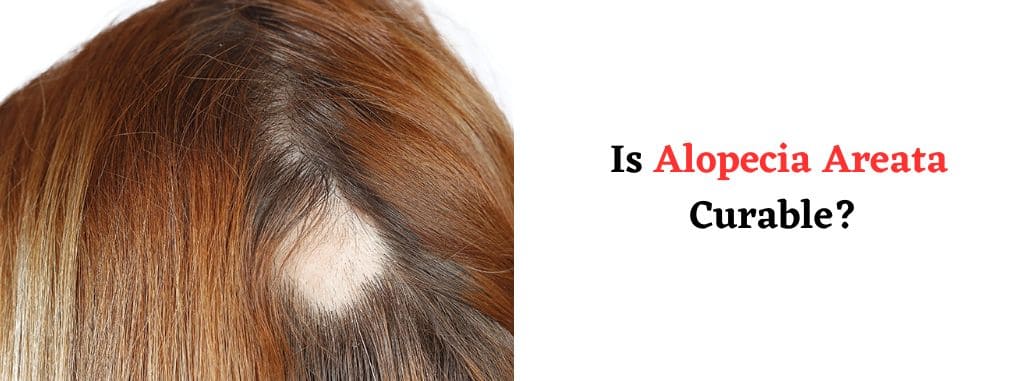An autoimmune disorder that can lead to unpredictable hair loss, *Alopecia Areata is a skin condition that contributes to about 0.7% of all dermatology cases in India. People suffering from this skin condition get oval or circular patchy bald marks on the scalp, especially in the posterior occipital and temporal margins.
This condition is primarily reported in teenagers or people approaching twenty five years of age. Since this condition can severely impact an individual’s looks, it is advisable to visit an aesthetic hair care and skin care clinic on noticing early signs of this condition, as it is very much manageable. Dr. Paul’s Advanced Hair & Skin Solutions Clinics specializes in the treatment of Alopecia Areata and have successfully treated many patients. With the help of their Fusion Homeopathic Treatment for Alopecia Areata, they have successfully minimized the impact and recurrence of the condition in many individuals. At Dr. Paul’s Advanced Hair & Skin Solutions Clinics, experts follow a very systematic approach to managing and treating this skin condition and carry out various treatment procedures only after conducting a thorough medical examination of the patient.
Before understanding the preventive and management procedures for this condition, let us first try to understand the different kinds of Alopecia.
Androgenic Alopecia:
Also commonly referred to as pattern baldness, this condition can affect both men and women. In this condition, the hair loss happens in a particular pattern and mostly begins above the temples. Since this condition is mostly reported in men, it is also referred to as male-pattern baldness.
Telogen Effluvium:
In this condition, due to certain internal disorders, the hair roots are forcefully pushed into telogen or the resting phase of the body’s hair growth cycle. This condition can be acute or chronic, depending upon the amount of stress the body has been subjected to.
Traction Alopecia:
Incorrect tying of the hair by tightly pulling it back leads to this condition. This condition can be fully reversed if the individual is sensitized about the effects early on and remedial measures are taken by tying the hair loosely.
Cicatricial Alopecia:
This is a very rare condition but can be quite alarming as the hair loss in this case is permanent. Moreover, in this condition, the hair follicles are gradually replaced by scar tissue which looks quite ugly.
Lifestyle Changes that can help in preventing Alopecia Areata
- Eating a well-balanced diet
- Leading a stress-free lifestyle
- Maintaining a good hair care regimen
- Ensuring a good sleep cycle
- Maintaining Proper hydration
- Regular health check-ups
Tips to Manage Alopecia Areata
- Avoid using dyes, bleaches and other such chemical intensive hair treatments
- Avoid washing the hair too frequently
- Avoid hair styles that result in tight pulling of the hair
- Avoid any kind of heat treatments on the hair
- Brush the hair with gentle and good quality brushes and combs
While these preventive measures can always keep conditions like Alopecia Areata at bay, those already suffering from the condition can always rely on Homeopathic Medicines for Alopecia Areata treatment offered by Dr. Paul’s Homeozone Clinic.

